While many of us may see rattlesnakes as some of the biggest and baddest apex predators of their kind, you may be surprised to learn that there are actually many animals they’re rightfully afraid of. This list reveals 17 animals rattlesnakes see as their biggest enemies.
Coyotes
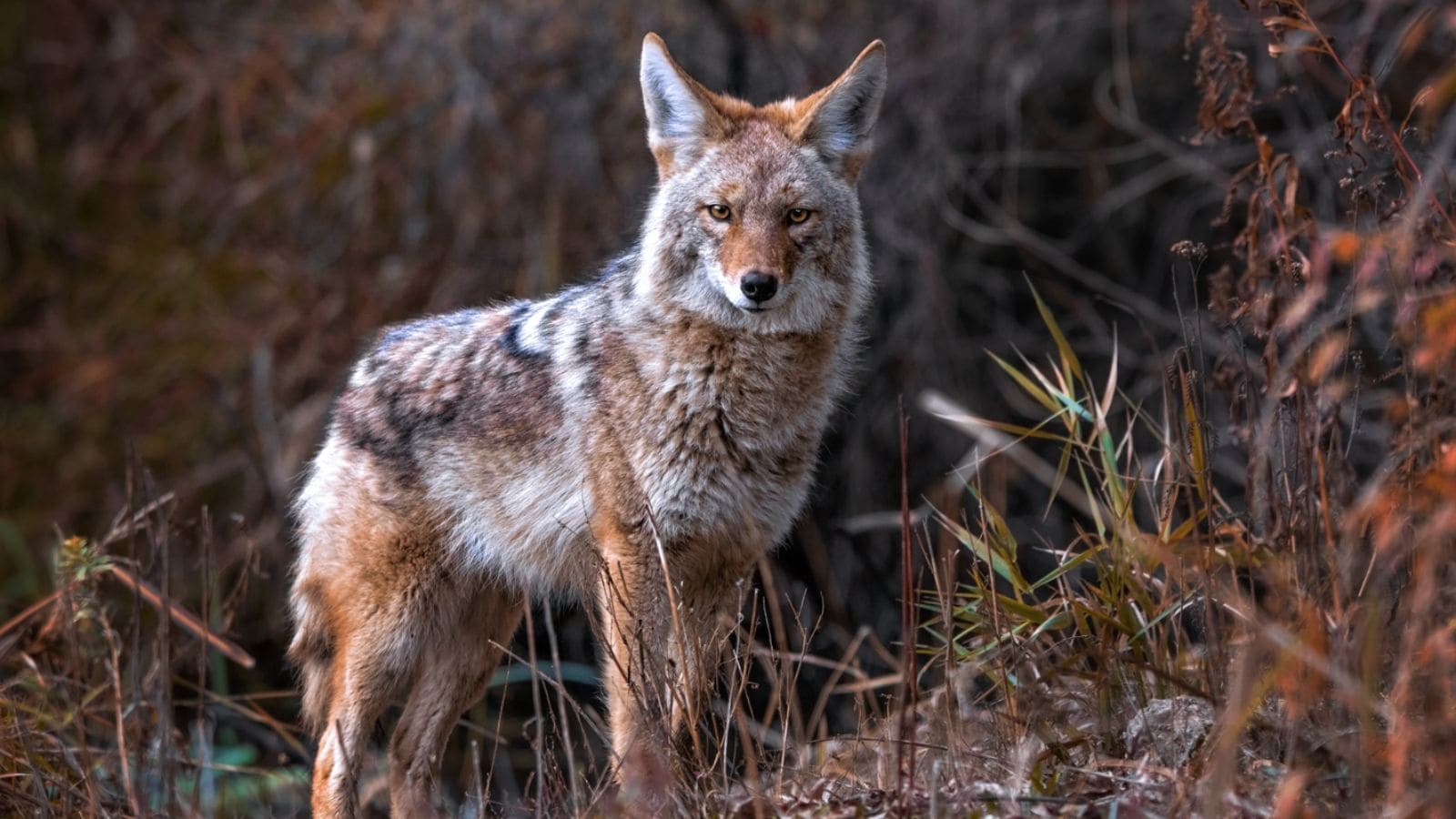
As opportunistic hunters, coyotes will gladly take the opportunity to prey on rattlesnakes in the right circumstances. They can use their strong sense of smell and impressive agility to quickly hunt down and pounce on a snake before it has a chance to get away.
Eagles
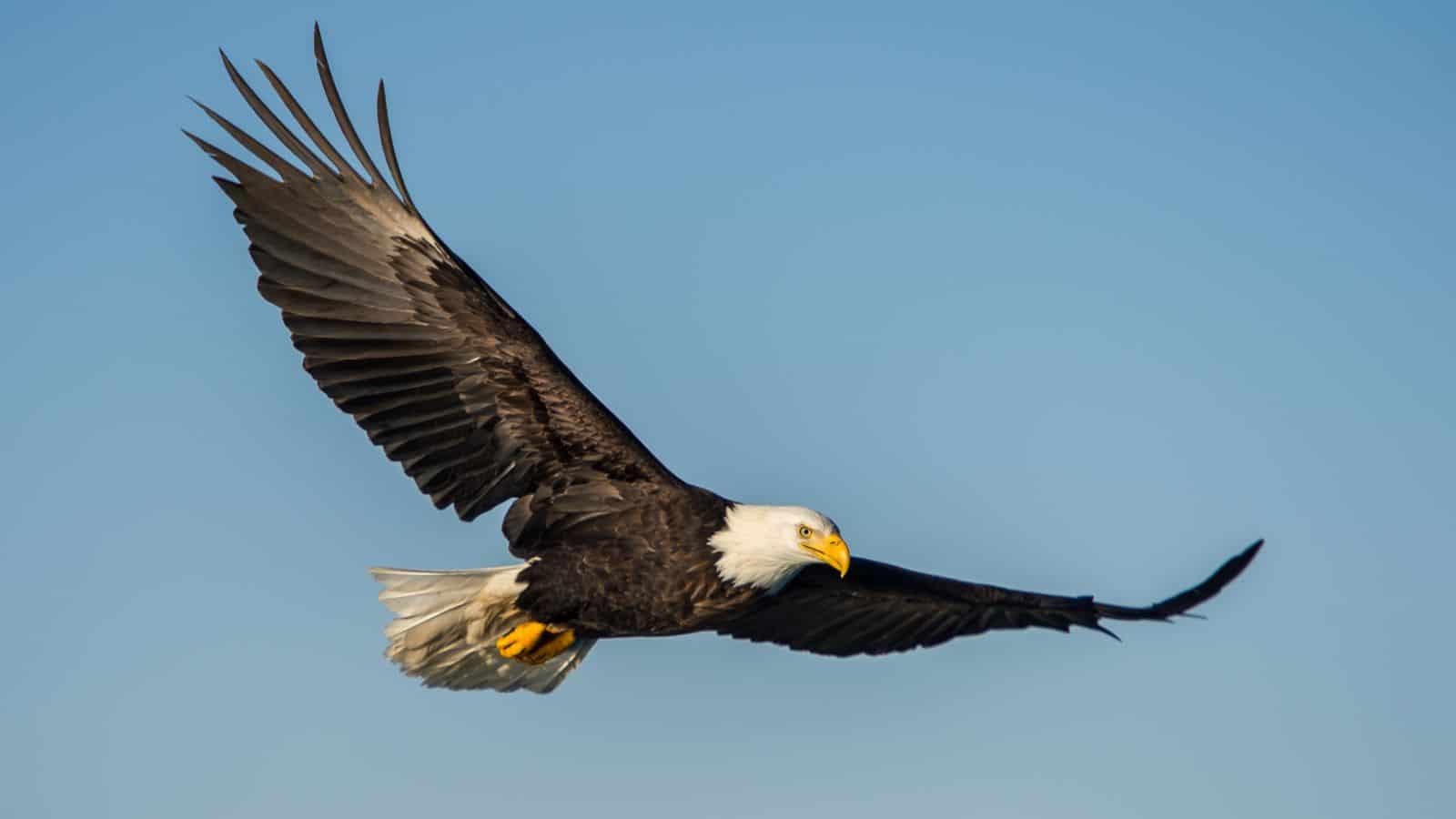
Eagles are incredible birds of prey with sharp talons and beaks, making them excellent hunters. They also have exceptional vision, helping them to spot snakes from high above and swoop in for the kill with a high degree of precision. Some eagles have been known to drop rattlesnakes from high up in the air to kill them.
Kingsnakes
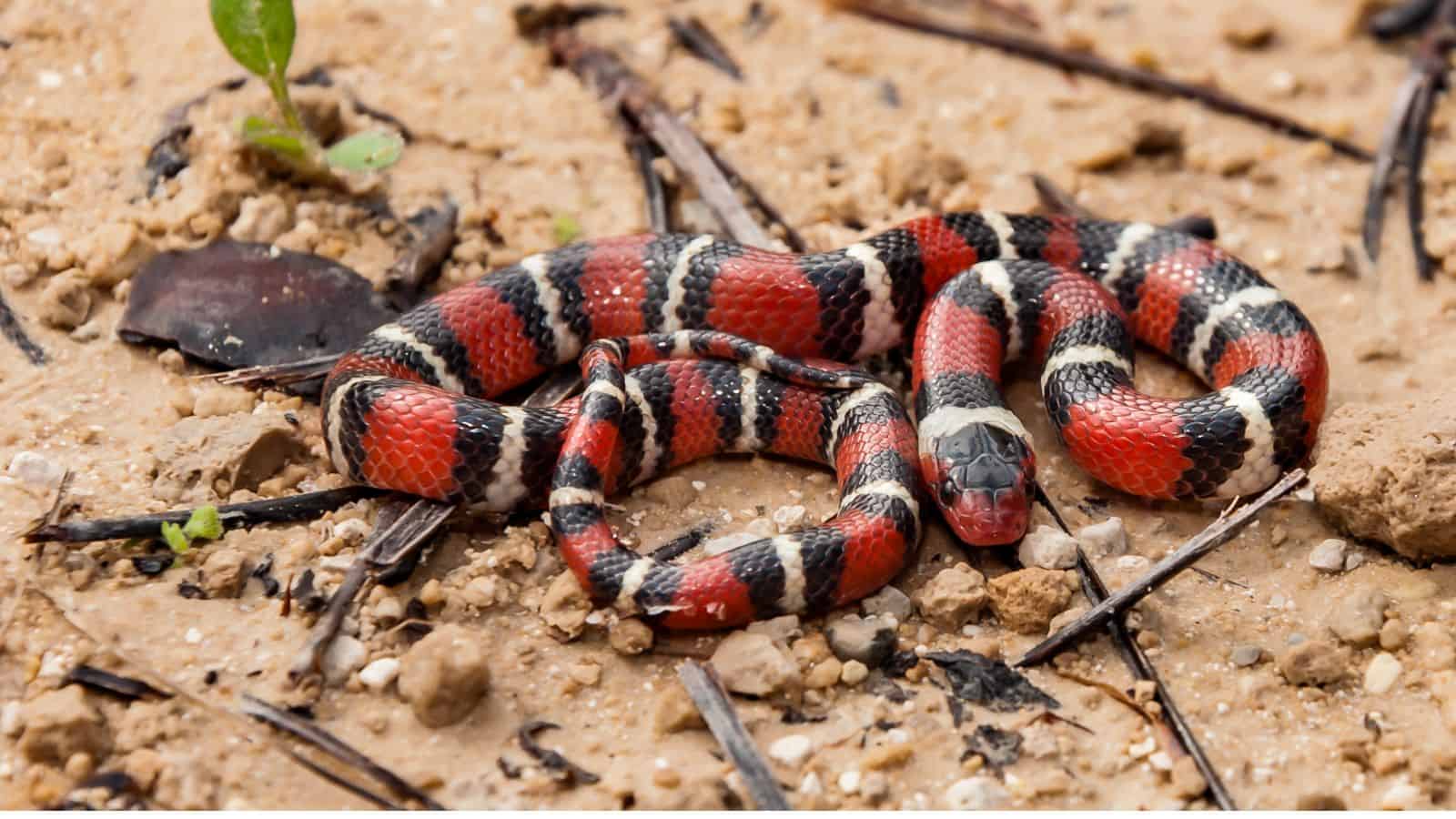
According to the Great Plains Nature Center, kingsnakes are immune to several kinds of snake venom, including rattlesnake venom. This allows them to constrict, kill, and feed on rattlesnakes without fear. Kingsnakes share many of the same prey animals and habitats as rattlesnakes, so encounters are fairly frequent.
Hawks
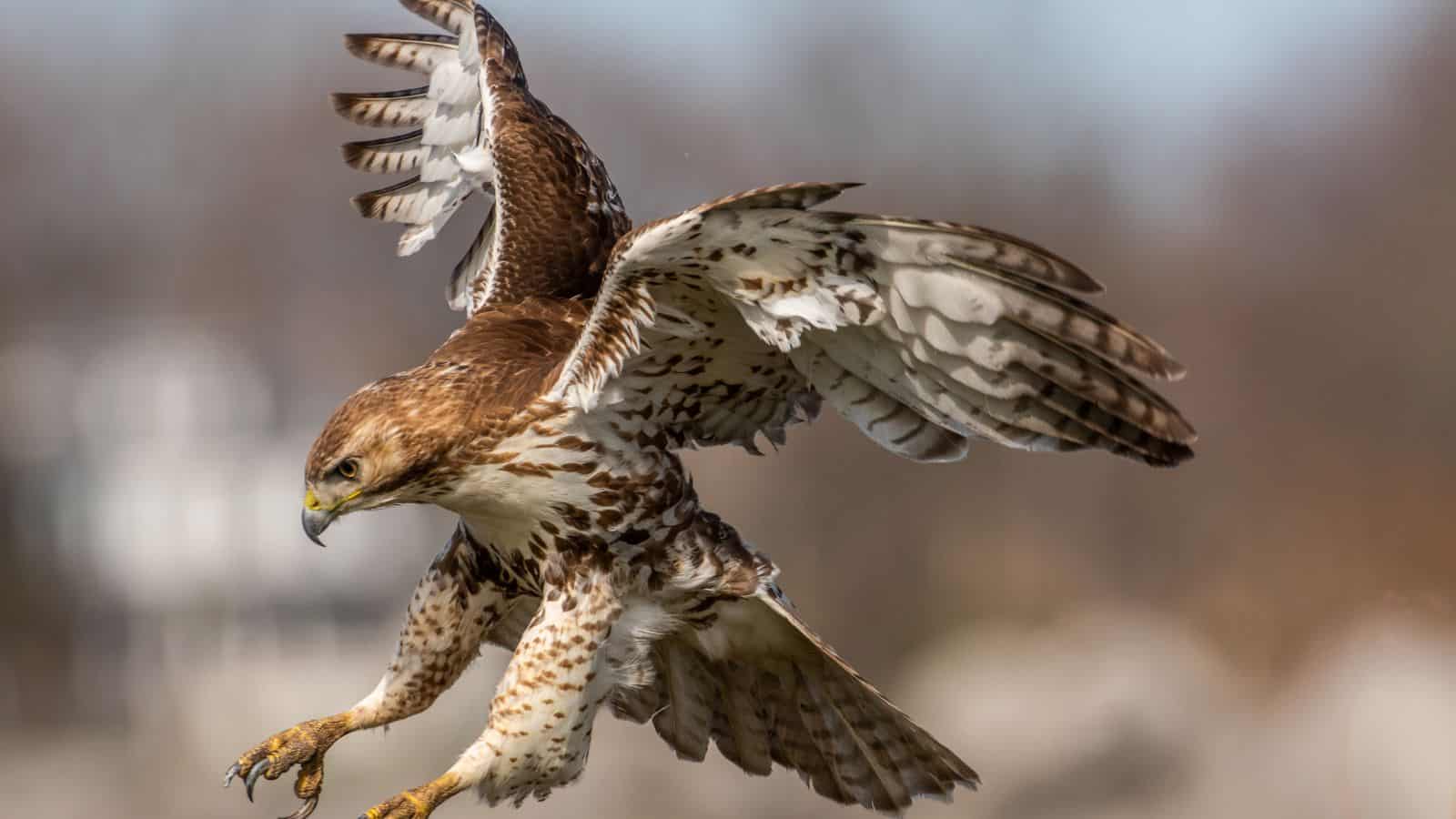
Like eagles, hawks have powerful talons, a sharp beak, and keen eyesight, helping them to locate, track, and prey on rattlesnakes without putting themselves in harm’s way. They’re also similar to eagles in their hunting techniques, sometimes dropping rattlesnakes from great heights to kill them.
Roadrunners
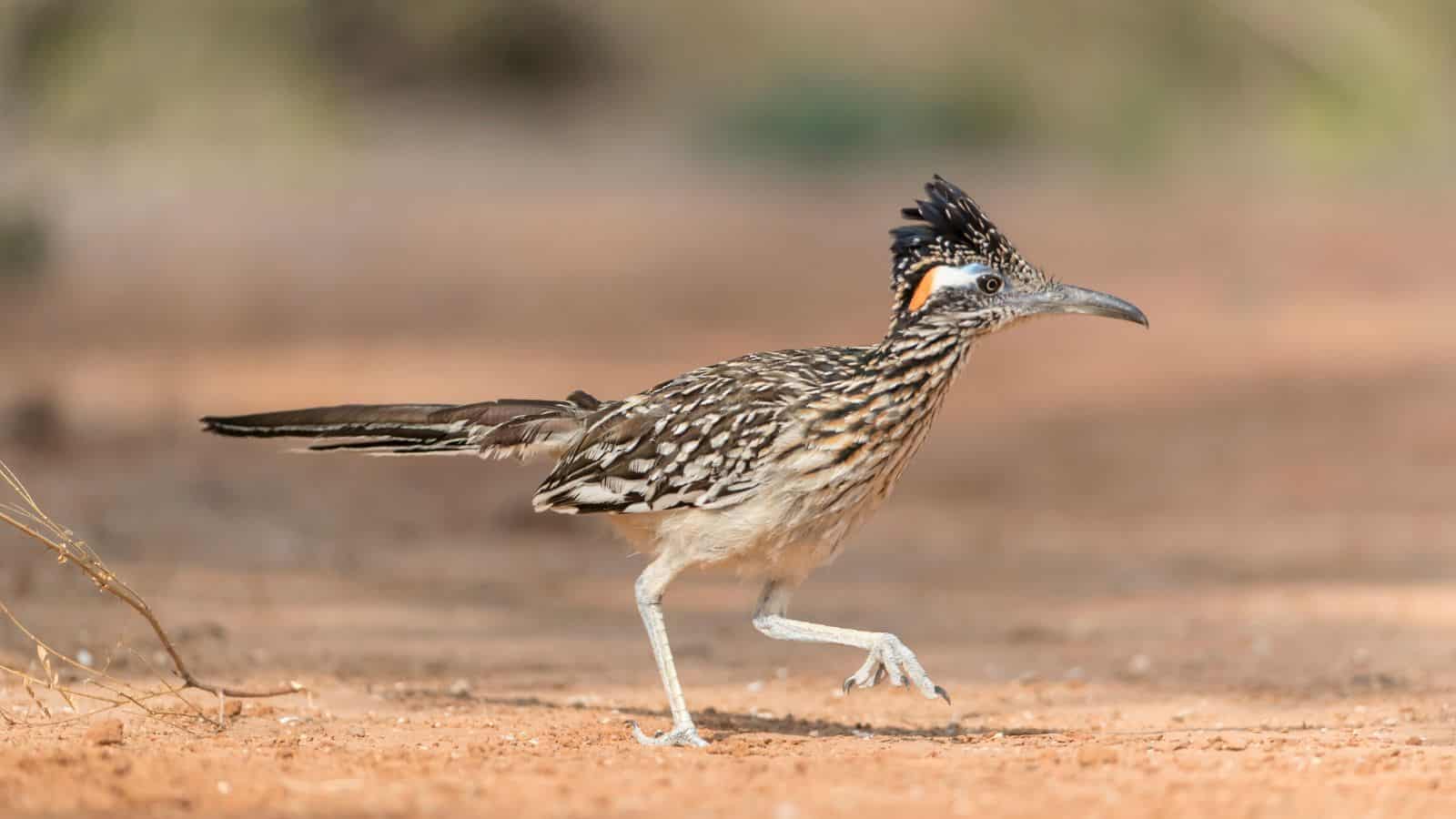
Roadrunners may seem harmless in the cartoons, but they’re actually very impressive hunters. They’re agile and incredibly fast sprinters, allowing them to catch up to snakes and use their speed to dodge attacks. This way, roadrunners are able to catch and eat smaller rattlesnakes. According to All About Birds, they can also eat poisonous prey without becoming ill.
Owls
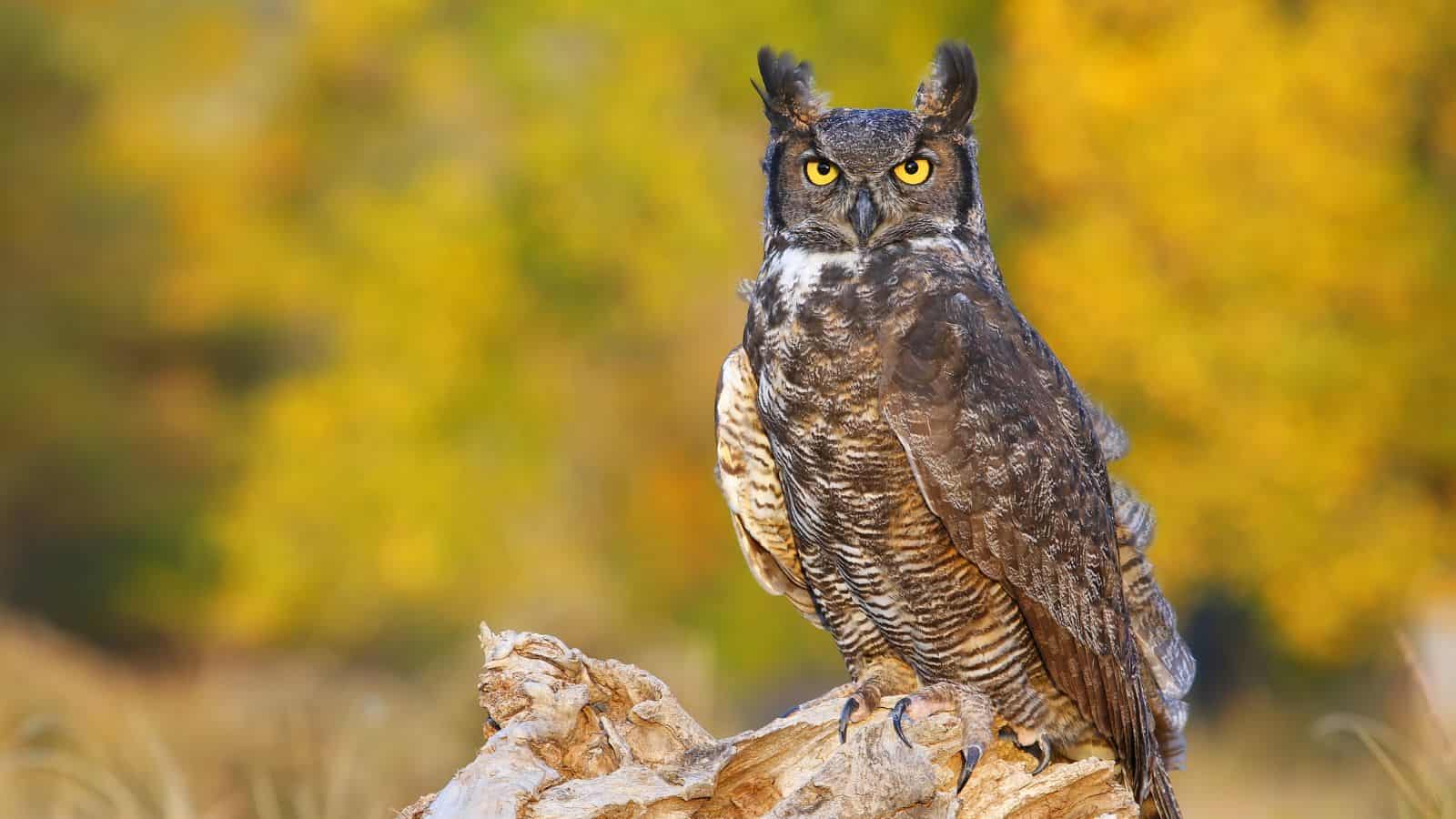
Yet another bird of prey that rattlesnakes have to worry about is owls. As nocturnal hunters with great eyesight and strong talons, they can use rattlesnakes’ low night visibility to their advantage. They can swoop in quickly and quietly, crushing a rattlesnake with their powerful talons before the snake can react.
Mongooses
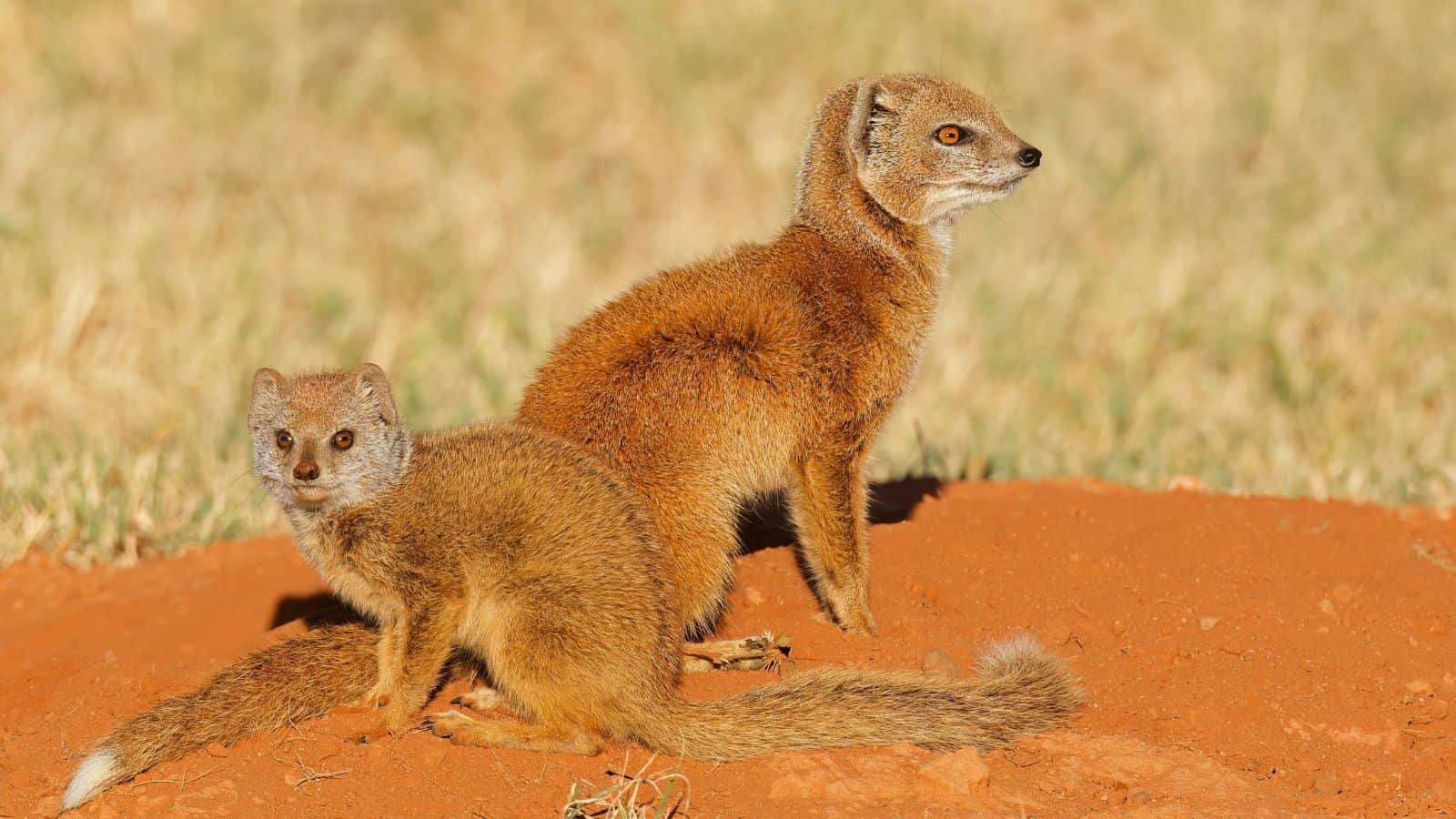
Mongooses are famous for their agility and impressive ability to kill venomous snakes. They have very quick reflexes that can help them dodge bites and go in for the kill. They’re also partly immune to snake venom, making rattlesnake bites less impactful.
Black Racers
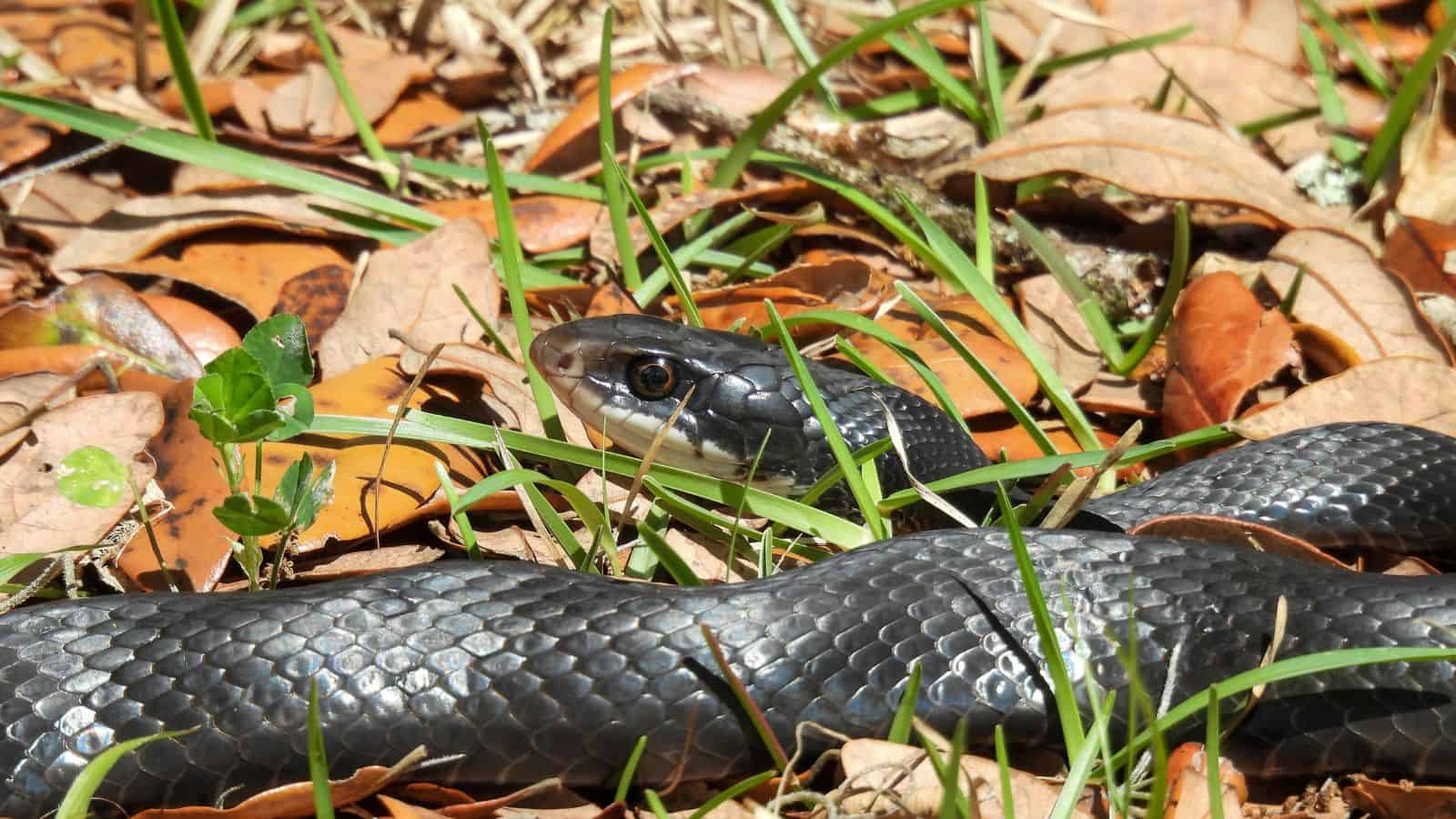
Black racers are fast, agile snakes that sometimes prey on small or young rattlesnakes. They often compete for the same food and resources as rattlesnakes as well, giving them more incentive to take them out. Black racers are also known for being aggressive, which can make them more likely to attack than other snakes.
Badgers
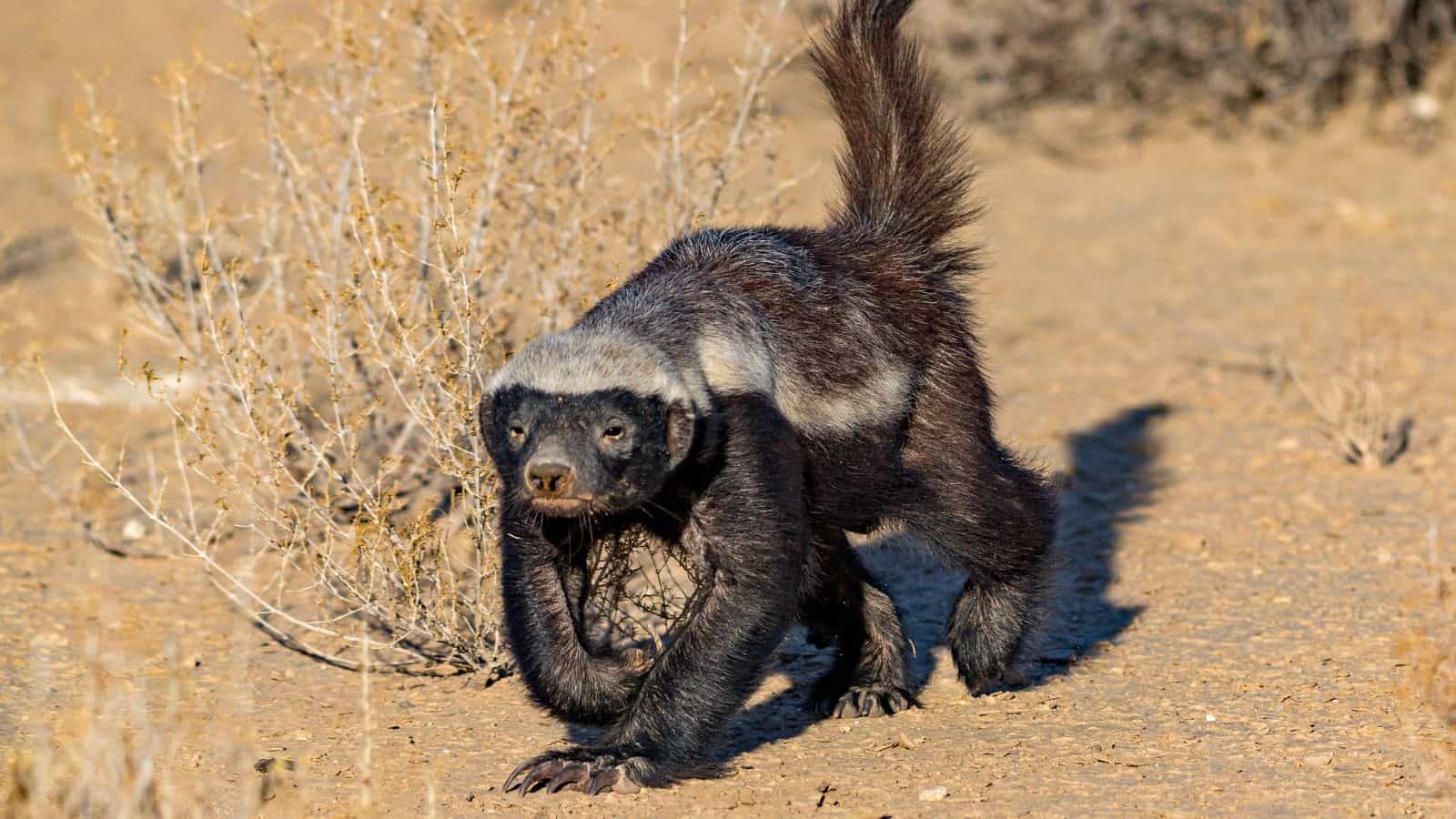
You may not think of badgers as snake hunters, but a surprisingly high percentage of their diet actually consists of venomous snakes, including rattlesnakes. They have very thick skin and powerful claws, helping them to withstand bites and overpower their victims.
Opossums
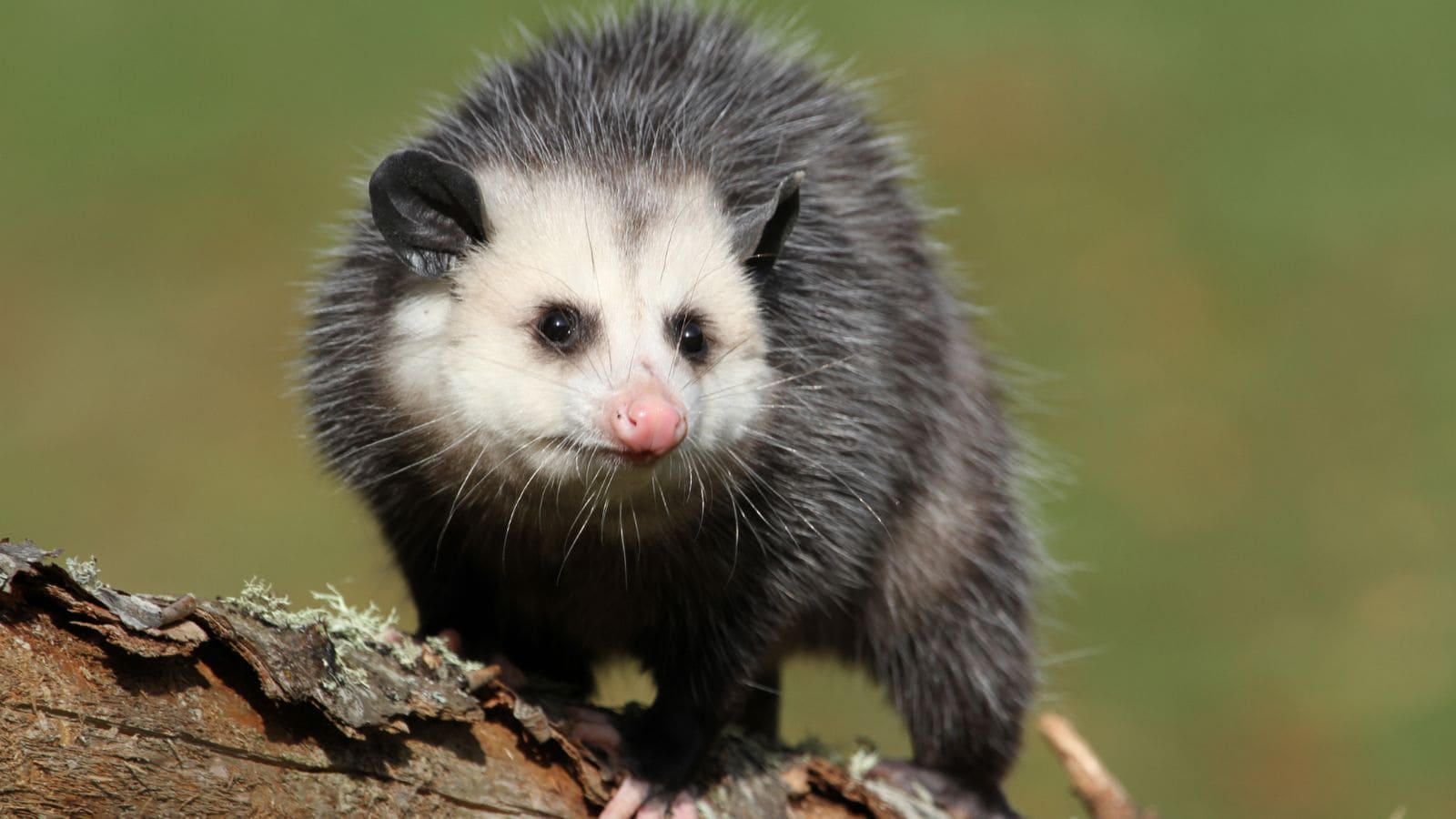
According to Grand Valley State University, opossums are resistant to several types of venom, including the venom of eastern and western diamondback rattlesnakes. This allows them to prey on young and small snakes when the right opportunity presents itself. Their ability to play dead can also help them take an unsuspecting snake by surprise.
Bobcats
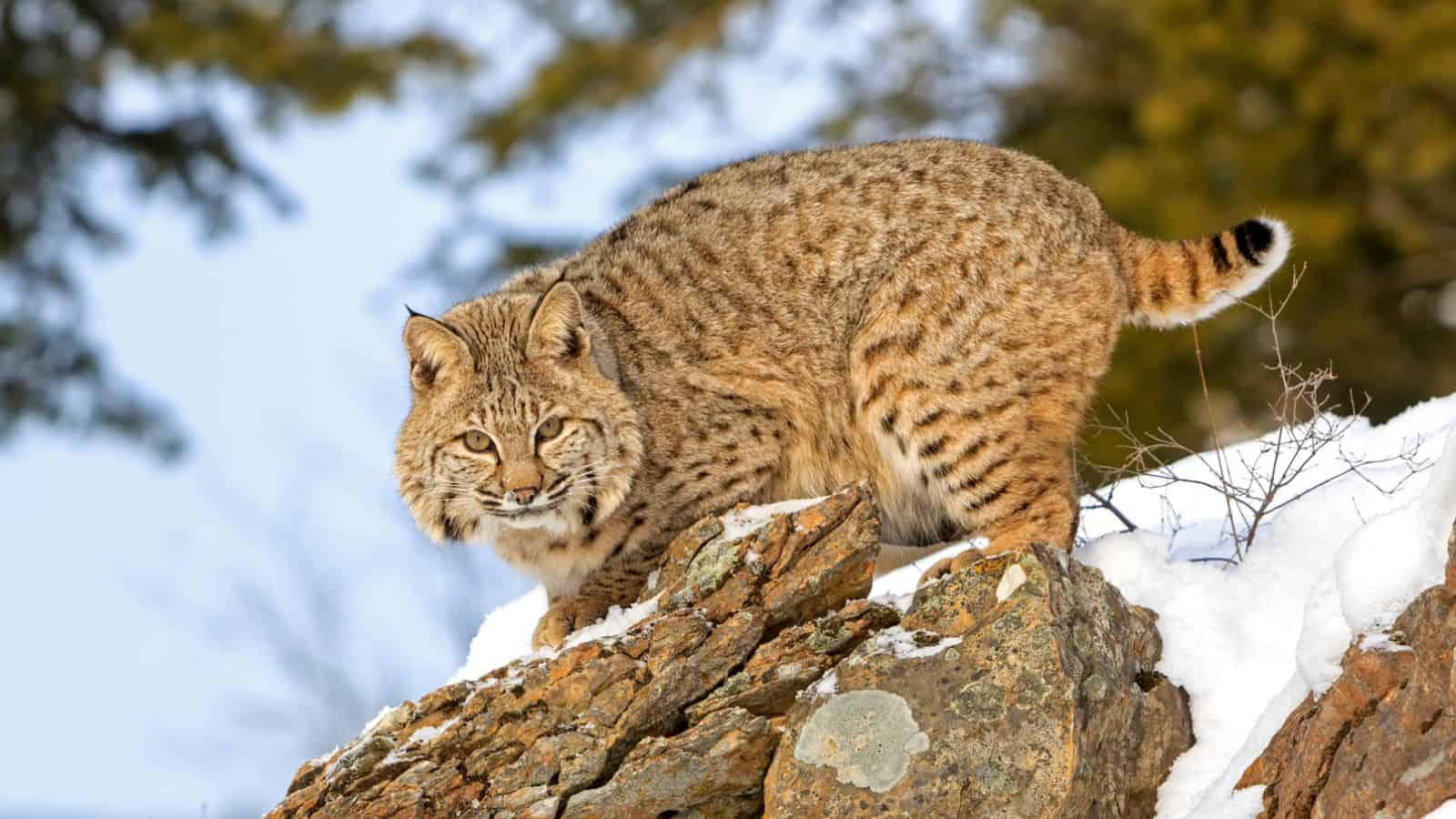
Bobcats may look pretty cute and fuzzy, but they’re incredibly powerful and agile hunters with the ability to take on venomous snakes. Using their sharp claws and strong jaws, they can swiftly sneak up on a rattlesnake and minimize their risk of being bitten in the process.
Feral Cats
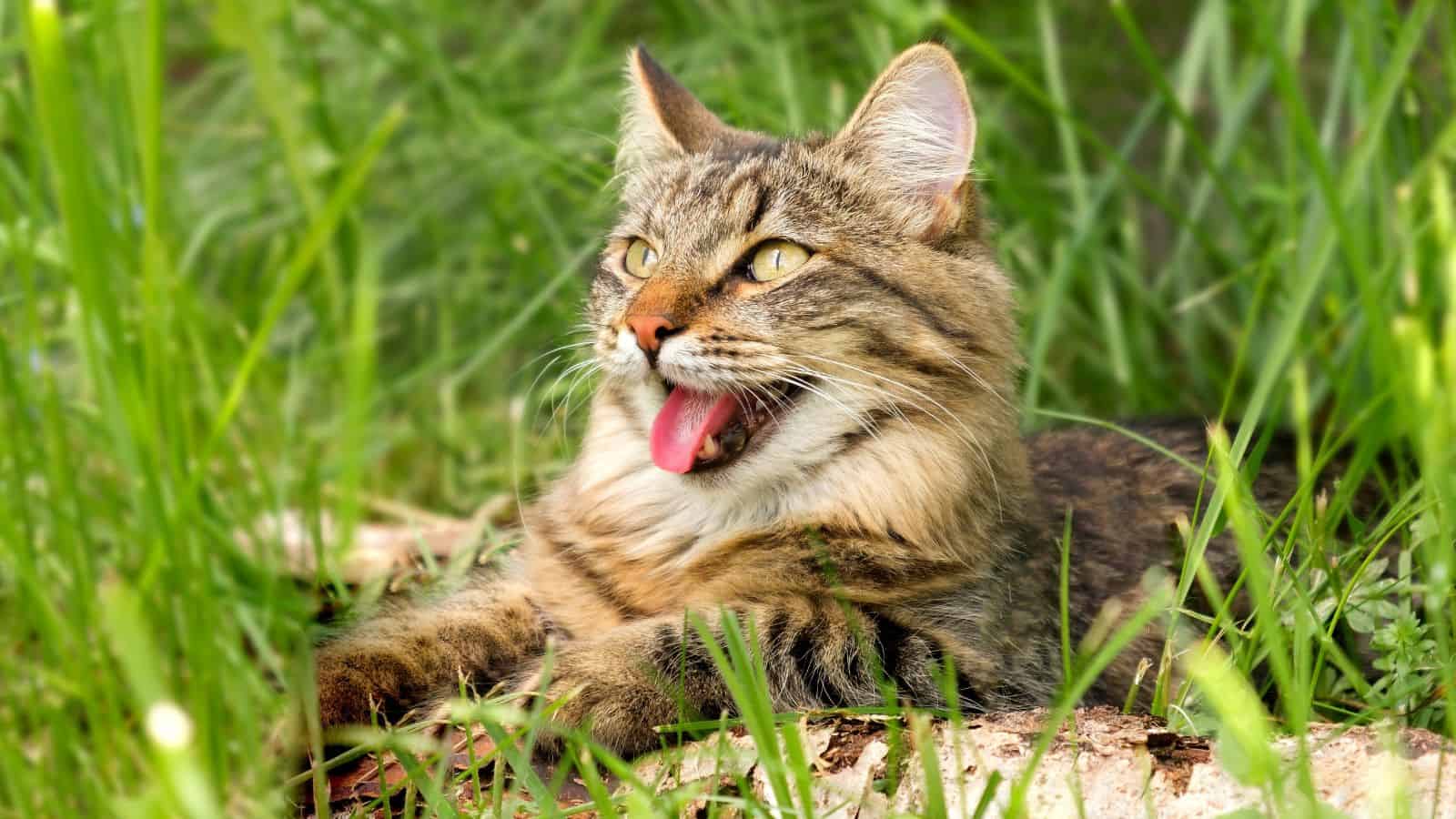
While feral cats are smaller than bobcats, they’re still proficient hunters and can use their quick reflexes to take on other predators, including rattlesnakes. Although they won’t often hunt them for food, they have been known to hunt small or young rattlesnakes given the right opportunity.
Skunks
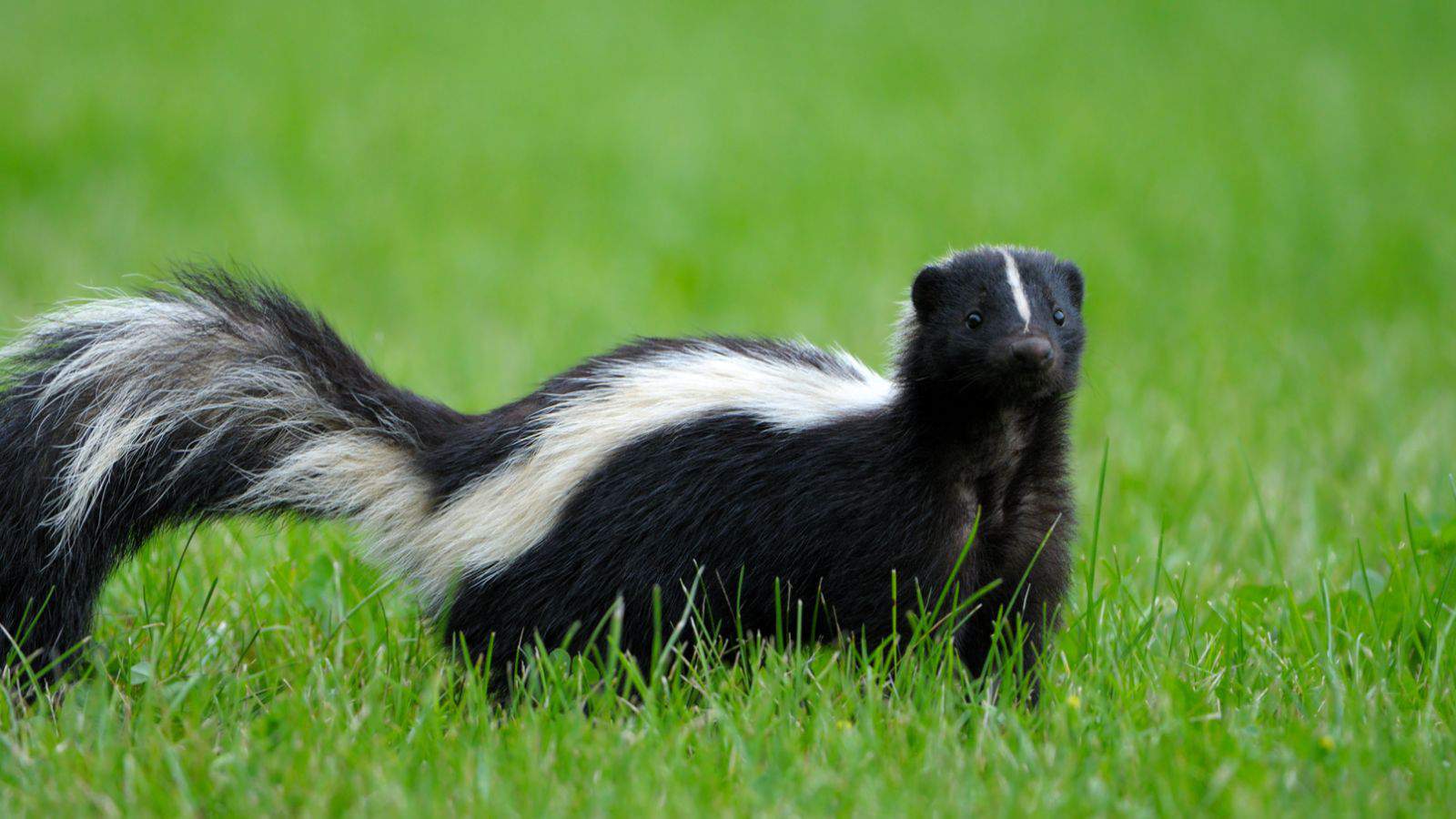
According to the National Library of Medicine, skunks are one of many mammals that are resistant to snake venom. This helps them prey on and eat rattlesnakes without putting themselves in a great deal of danger. Skunks will sometimes also kill rattlesnakes in order to defend their young.
Foxes
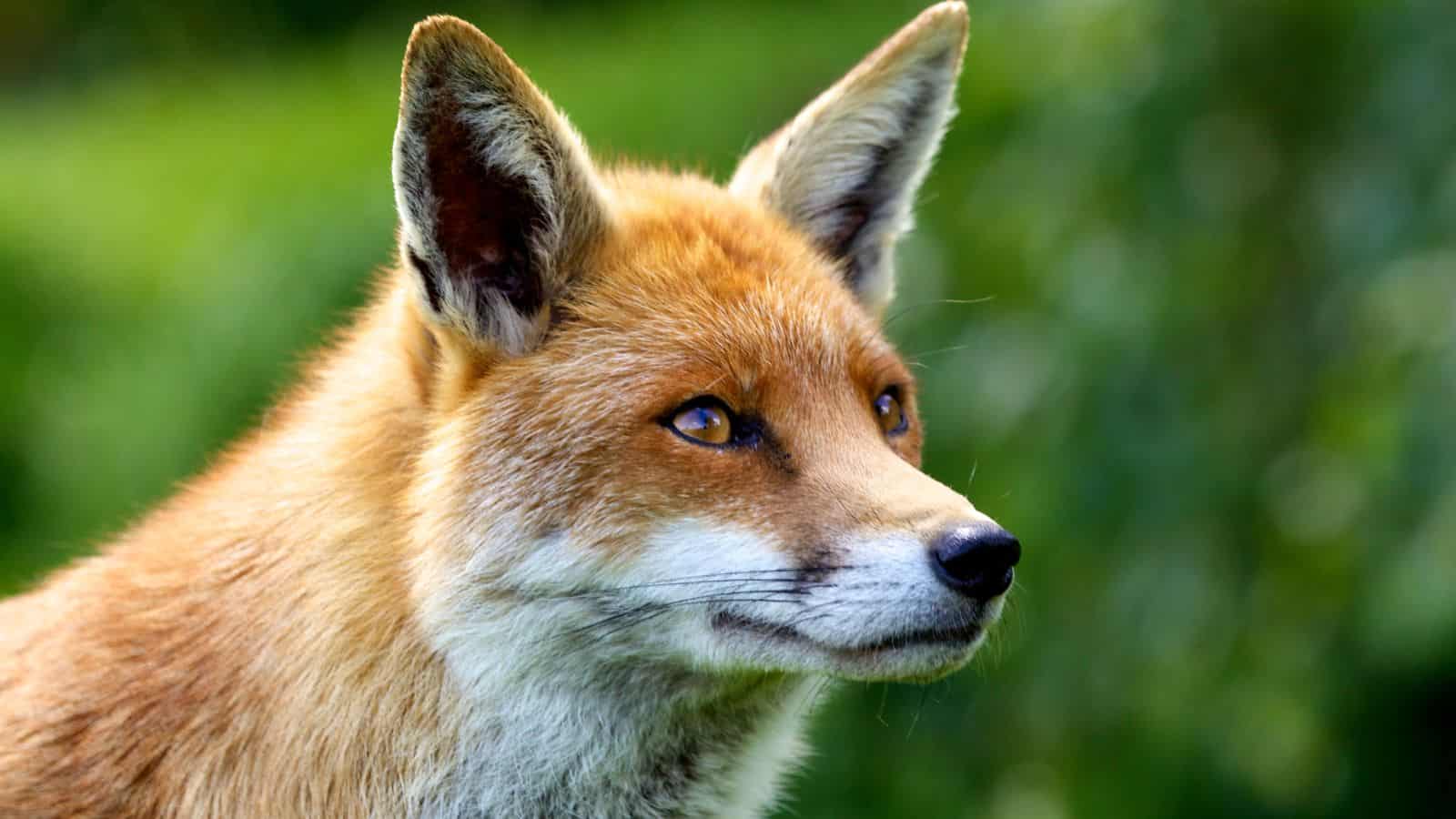
Foxes are known to be cunning, quick, and agile predators that use their powerful paws to take down a wide variety of prey animals. While snakes don’t typically make up a substantial percentage of their diet, they will take opportunities to catch, kill, and even eat young or small rattlesnakes.
Wild Turkeys
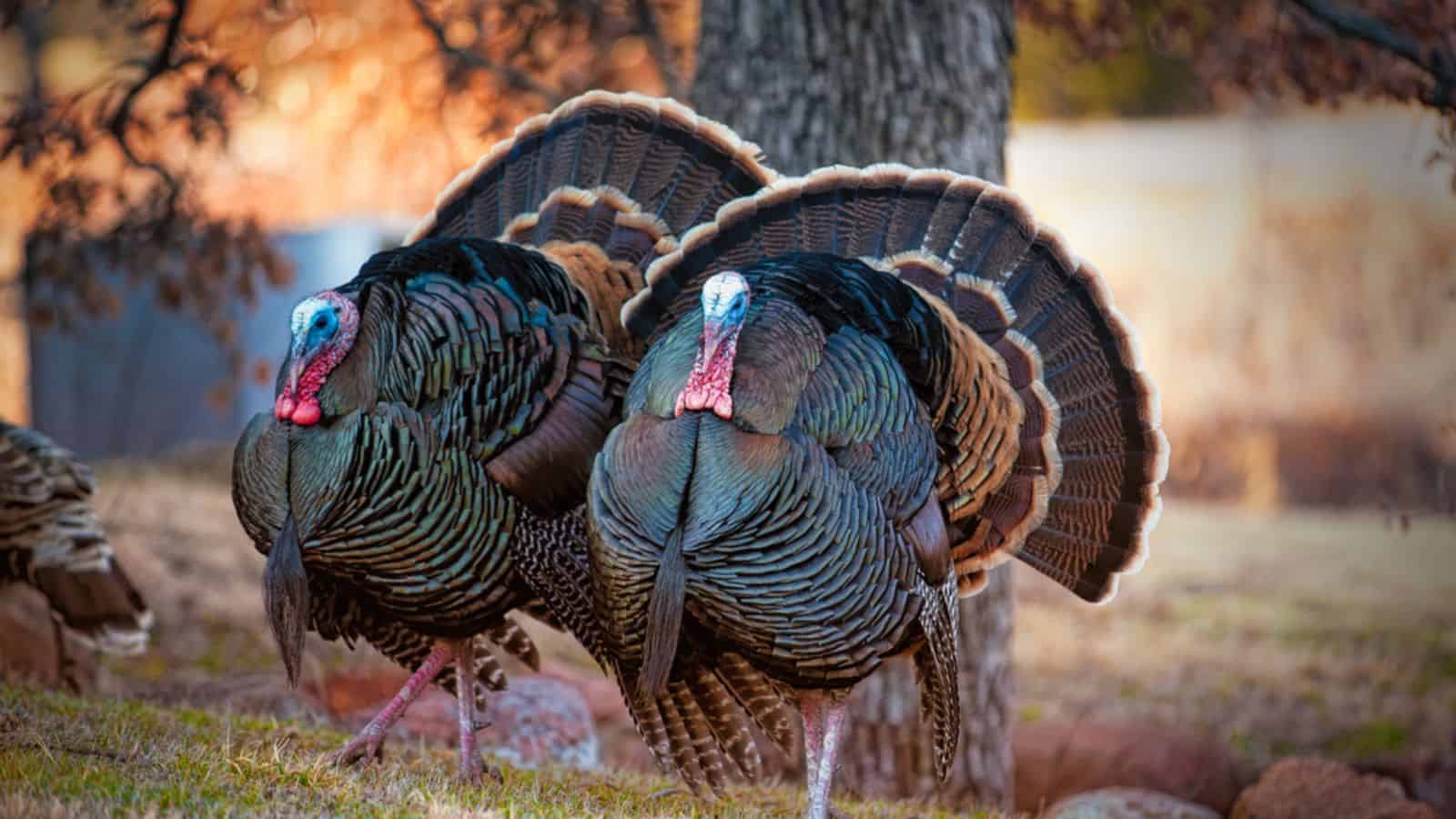
While you may not think of turkeys as being much of a threat to any other animals, you’d be surprised. They will rarely take on predators, but if rattlesnakes come too close to their young, they won’t hesitate to mob them with their sharp beaks and strong legs.
Raccoons
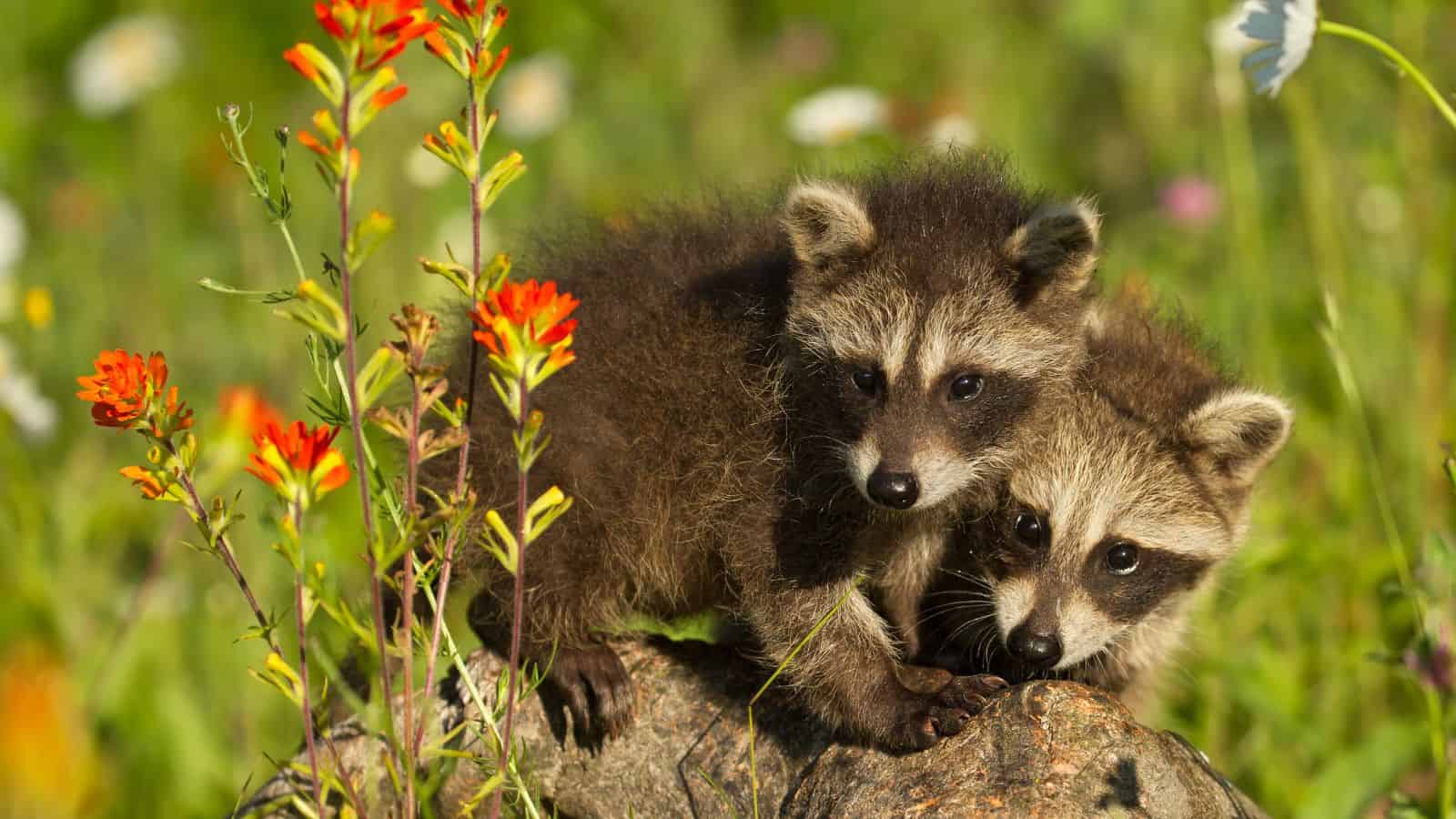
Raccoons are fairly small and cute, but they’re surprisingly strong, dextrous, and agile, allowing them to outmaneuver and kill snakes. While it’s rare that they’ll go after rattlesnakes, they may decide to prey on them if they’re young or small enough to kill.
Bears
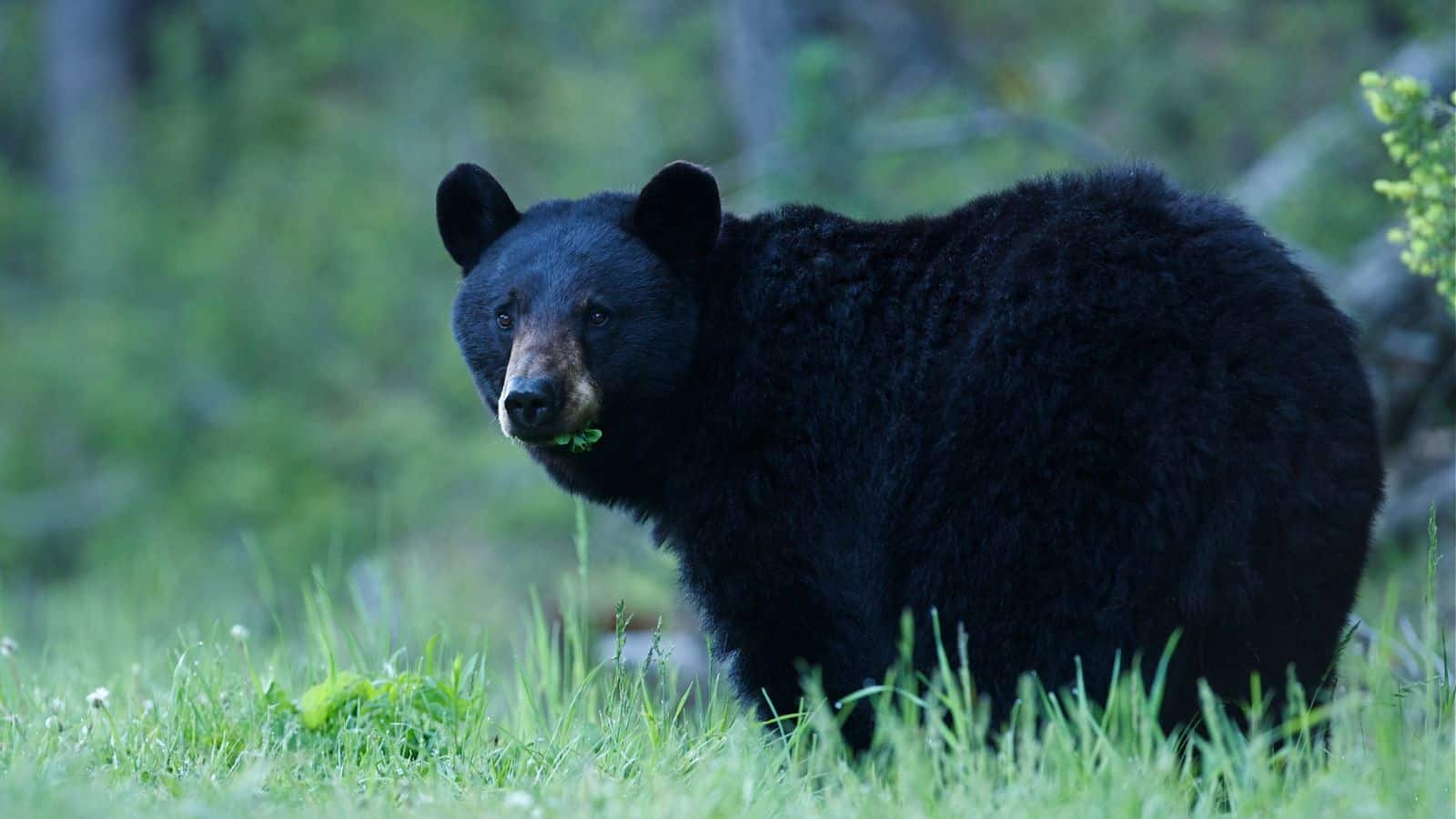
Because bears share quite a few of the same habitats and resources as rattlesnakes, it’s fairly common that they’ll cross paths. When they do, several species of bears can use their size and strength to their advantage, overpowering and killing them in some instances.
Up Next: 18 Reasons Older Men Say ‘Nope’ To Relationships

Older men embrace being alone and generally prefer spending time in solitude. They’ve had a full, so don’t criticize them for being less social! The following 18 reasons explain why older men prefer to be alone and are redefining how they experience their retirement years.
18 REASONS OLDER MEN SAY ‘NOPE’ TO RELATIONSHIPS
18 Most Dangerous Cities in the World (5 Are in America)

Across the globe, there are many places you don’t want to find yourself because of the crimes waiting to occur. Sometimes, even nature can be cruel to you. This is particularly the case in the following 18 most dangerous cities in the world, five of which are in America!
18 MOST DANGEROUS CITIES IN THE WORLD (5 ARE IN AMERICA)
18 Reasons You Feel Like You Don’t Belong Anywhere

Feeling like you don’t belong anywhere can feel incredibly isolating. We need companionship to keep us connected to the world, so if you’re struggling to form relationships and don’t feel that you don’t fit in, here are 18 reasons why that might be.
